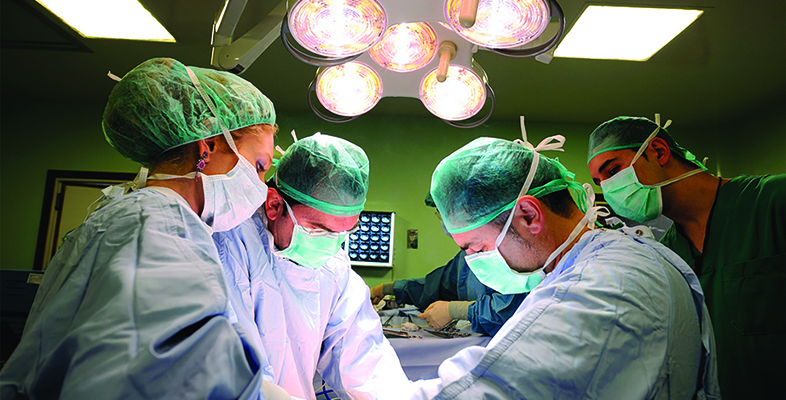1.2 Evaluating quality improvement in healthcare
Defining quality improvement is the first stage of improving healthcare. After we have defined what quality is, we then have to evaluate healthcare in line with this definition. Evaluating healthcare is about judging the standards that are achieved and whether they match the standards we expect or want. For example, we might assess whether our healthcare service is providing safe, clinically effective care that is a positive experience for the patient in line with the goals of NHS England. We use these definitions of healthcare quality to help us evaluate services and the results of these evaluations help us design ways to improve care in the future. Activity 2 invites you to evaluate the healthcare quality using a short case study.
Activity 2
Read this research brief from RAND Europe [Tip: hold Ctrl and click a link to open it in a new tab. (Hide tip)] (Martin et al., 2013) about integrated care quality improvement pilots. Integrated care broadly means the capacity for different parts of an organisation (departments or staff groups) to work together to offer good quality care. It also includes the capacity for healthcare professionals to work with social care professionals to offer a joined-up service. This research brief looks at the set of 16 quality improvement pilot studies and determines if they were successful at improving healthcare quality on the whole. Look through the report and consider the three aspects of quality improvement interventions according to Batalden and Davidoff (2007).
What does this research brief indicate about how successful these integrated care pilots were for
- the patients
- healthcare system performance
- the staff professional development/learning?
Note down what may have been a positive change and what may be a negative change.
Discussion
| 1. The patients | |
|---|---|
| Positive changes | Negative changes |
| A greater number of patients received a care plan. | Patients reported that they were less likely to see the GP or nurse they preferred. |
| More patients understood their coordination arrangements. | Patients felt less involved in decisions about their care. |
| More patients understood their follow-up plan after they left the hospital. | There was a drop in the number of patients who felt that they were listened to by social services. |
| 2. Healthcare system performance | |
| Positive changes | Negative changes |
| Staff felt that they worked more closely with their team members. | There were no reported negative changes but 40 per cent of staff thought it was ‘too early to tell’. |
| Staff they had better communication with colleagues and with other organisations. | |
| Staff reported that their teamwork and communication improved. | |
| 3. The staff professional development/learning | |
| Positive changes | Negative changes |
| There was a 9 per cent reduction in hospital costs at some sites. | Emergency admissions increased. |
| There was no overall cost saving to introducing the pilots. | |
